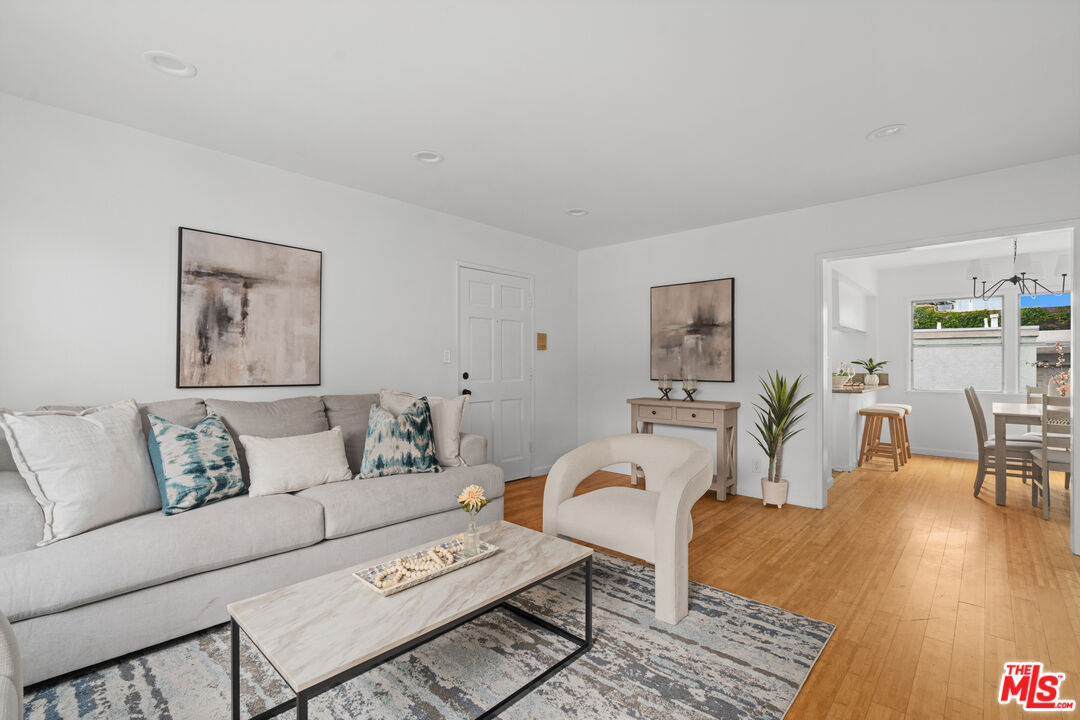Assumable VA Loans: How They Work—and How Much You Could Save

Assumable VA loans are one of the few true “rate hacks” left in today’s market. Instead of taking out a brand-new mortgage at current rates, a qualified buyer can assume the seller’s existing VA loan—including the same low interest rate and remaining balance—and step into their shoes. That can translate to meaningful monthly savings and a smarter long-term strategy.
As always, our goal is to keep you informed so you can make the best decisions for your future—whether that means buying, selling, or simply understanding where the market stands.
Why an assumable VA loan can be a game-changer
-
Keep the seller’s low rate. Many VA loans from 2020–2022 carry rates in the high-2s to low-3s.
-
Bridge the gap smartly. If the VA balance is lower than today’s purchase price, you can bring cash or pair the assumed first with a small second (e.g., HELOC/home-equity loan). Even if the second’s rate is higher, the blended payment often beats taking one new market-rate loan.
-
Flexibility over time. You can aggressively pay down or later refinance the second while keeping the ultra-low-rate VA first.
Who’s eligible (high-level) & what to expect
-
Owner-occupant buyers who qualify with the loan servicer; investors typically don’t qualify.
-
Two pathways:
-
Simple assumption (adding a borrower without a full release), and
-
Credit-qualifying assumption (full income/credit review and usually a seller release).
-
-
VA entitlement: If the buyer can’t substitute entitlement, the seller’s entitlement may remain tied to the property until the loan is paid off.
-
Timeline & fees: Vary by servicer—plan for a longer escrow than a standard 30-day close.
The process in plain English
-
Open an assumption request with the loan servicer and complete their intake forms.
-
Confirm the assumption type (simple vs. credit-qualifying) and whether a seller release is needed.
-
Provide ID & docs. If credit-qualifying, expect a standard income/credit review.
-
Review disclosures & fees, then close per the servicer’s instructions.
-
VA entitlement check: If the buyer can’t substitute entitlement, the seller’s entitlement may remain tied to the property until payoff.
-
Timing: Assumptions can move quickly with a complete package—but build in buffer time.
-
Fees: Servicer/investor/state fees vary and are typically disclosed prior to closing.
Financing the “gap” between the VA balance and today’s price
If the existing VA balance is lower than the purchase price, you have two primary routes:
-
Cash to close. Straightforward—and keeps your monthly payment lowest.
-
A second loan. We often see home-equity loans/HELOCs or other second-position products used. Many buyers aim for 90–95% CLTV (5–10% down), then prepay the second quickly to reduce their blended cost over time.
Featured Opportunities
5803 Bowcroft St #1, Los Angeles, CA 90016
List price: $475,000
Assumable VA first: $289,094 at 3.25%
Illustrative payment comparison (principal & interest only)
Assumptions: new 30-yr fixed modeled at 6.75%; second (if used) modeled interest-only at 9.5%; VA first shown as if on a fresh 30-yr schedule (actual payment depends on remaining term).
| Scenario | CLTV | Down Pmt | Assumed 1st (rate) | 2nd Size (rate) | Monthly on Assumption* | Monthly on New Loan | Est. Monthly Savings |
|---|---|---|---|---|---|---|---|
| Assume VA + 2nd | 90% | $47,500 | $289,094 (3.25%) | $138,406 (9.5% i/o) | $2,354 | $2,773 | $419 |
| Assume VA + 2nd | 95% | $23,750 | $289,094 (3.25%) | $162,156 (9.5% i/o) | $2,542 | $2,927 | $385 |
Cash-to-bridge option (no second):
Bring ~$185,906 in cash and the assumed VA payment is about $1,258/mo vs $1,875/mo for a new loan with the same down—~$617/mo saved.
615 Hampton Dr #A102, Venice, CA 90291
List price: $1,425,000
Assumable VA first: $1,200,954 at 2.875%
Illustrative payment comparison (principal & interest only)
| Scenario | CLTV | Down Pmt | Assumed 1st (rate) | 2nd Size (rate) | Monthly on Assumption* | Monthly on New Loan | Est. Monthly Savings |
|---|---|---|---|---|---|---|---|
| Assume VA + 2nd | 90% | $142,500 | $1,200,954 (2.875%) | $81,546 (9.5% i/o) | $5,628 | $8,318 | $2,690 |
| Assume VA + 2nd | 95% | $71,250 | $1,200,954 (2.875%) | $152,796 (9.5% i/o) | $6,192 | $8,780 | $2,588 |
Cash-to-bridge option (no second):
Bring ~$224,046 in cash and the assumed VA payment is about $4,983/mo vs $7,789/mo for a new loan with the same down—~$2,806/mo saved.
*Modeled components only: principal & interest. Taxes, HOA, insurance, and MI (if applicable) are excluded to keep apples-to-apples comparisons on financing.
Practical cautions
-
Owner-occupant only. Investors typically don’t qualify for VA assumptions.
-
Do the homework first. Confirm servicer rules, timelines, and whether the balance, rate, and remaining term truly pencil for your situation before you get emotionally invested.
-
Expect longer timelines. Some platforms and lenders can accelerate the process, but results vary.
-
Use the right forms. In California, we use C.A.R. Form AFA (Assumed Financing Addendum) with the RPA and note “VA/FHA Assumption” in §3E(1).
Want exact numbers for your budget?
The tables above are illustrative—rates and second-loan quotes change, jumbo vs. conforming pricing differs, and the VA loan’s remaining amortization affects the actual payment. If you’re curious whether Bowcroft or Hampton (or another property) fits your budget, we’ll plug in your down payment, today’s second-loan quotes, and the servicer-confirmed timeline so you know exactly what to expect.
We’re always happy to help. No pressure—just honest guidance. Whether you’re moving soon or planning years down the road, let’s connect.




